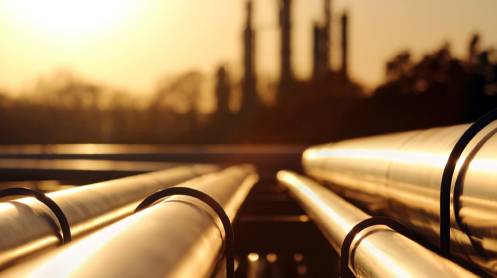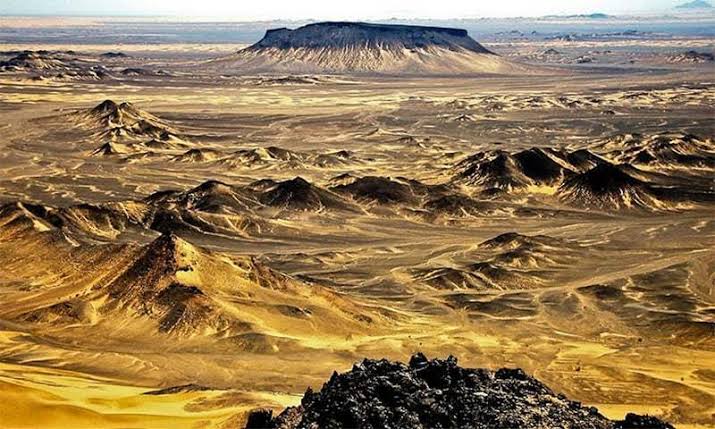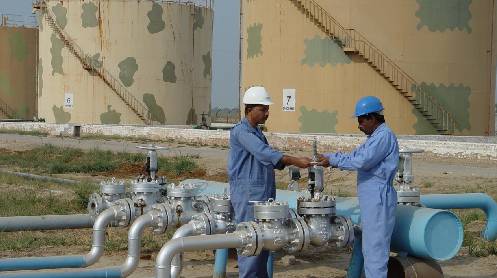LAHORE: Average natural gas consumption reduced by 8.61 percent to 3,258 million cubic feet per day (mmcfd) year-on-year in July-March 2023 (9MFY23) period against 3,565 mmcfd use recorded in the corresponding period last year.According to Economic Survey 2023 released by the government, total consumption of indigenous gas and imported Regasified Liquefied Natural Gas (RLNG) stood at 2,627 mmcfd and 631 mmcfd, respectively, during Jul-Mar FY2023.
System or indigenous gas supply during the period contracted by 75mmcfd or 2.85 percent to 2,627 mmcfd while availability of imported RLNG reduced by 232 mmcfd or 36.76 percent to 631 mmcfd.The share of power sector in natural gas consumption stood at 999 mmcfd or 30.66 percent of total gas use in 9MFY23 against 1115 mmcfd share of power sector or 31.28 percent of total gas use in corresponding period of last fiscal. The share of domestic sector in natural gas utilisation stood at 907 mmcfd or 27.84 percent of total gas use in 9MFY23 against 908 mmcfd share of power sector or 25.47 percent of total gas use in corresponding period of last fiscal.
Fertiliser sector share in natural gas consumption stood at 687 mmcfd or 21.09 percent of total gas use in 9MFY23 against 735 mmcfd share of power sector or 20.62 percent of total gas use in corresponding period of last fiscal.The share of general industry in natural gas consumption stood at 540 mmcfd or 16.57 percent of total gas use in 9MFY23 against 664 mmcfd share of power sector or 18.63 percent of total gas use in corresponding period of last fiscal.
Transport (CNG) sector share in natural gas consumption stood at 62 mmcfd or 1.90 percent of total gas use in 9MFY23 against 72 mmcfd share of power sector or 2.02 percent of total gas use in corresponding period of last fiscal. The share of commercial sector in natural gas consumption stood at 60 mmcfd or 1.84 percent of total gas use in 9MFY23 against 70 mmcfd share of power sector or 1.96 percent of total gas use in corresponding period of last fiscal.
The government has been pursuing its policies for enhancing indigenous gap production and imported gas to meet the increasing energy demand in the country. Currently, the capacity of two FRSUs to RLNG is 1,200 mmcfd. Accordingly, RLNG is being imported to mitigate the gas demand-supply shortfall.
Currently, the two LNG terminals are operational with OGRA licenses granted in 2016 and 2018 to M/s Engro Elengy Terminal Limited (EETL) and M/s Pakistan GasPort Consortium Limited (PGPCL), respectively. Further, OGRA granted construction licenses to M/s Tabeer Energy Private Limited and M/s Energas Terminal Private Limited (ETPL) in April 2021 to develop LNG terminals at Port Qasim Karachi. The extension in the validity of these licenses has been granted by OGRA for further two years (i.e., till April 2025) upon the licensees’ request and completion of the requisite formalities.Pakistan has an extensive gas network of over 13,775 Km transmission, 157,395 Km Mains, and 41,352 Km services gas pipelines to cater to the requirement of more than 10.7 million consumers across the country.
During the same period, the two gas utility companies (SNGPL and SSGCL) laid a 225 Km gas transmission network, 1,170 Km Mains, and 63 Km service lines and connected 92 villages/towns to the gas network. Furthermore, 7,102 additional gas connections (including 5,068 domestic, 1,948 commercial, and 86 industrial) were provided nationwide. Table 14.8 depicts sector-wise natural gas consumption.
Natural gas is expected to supply approximately 520,801 new consumers (subject to approval/revision by OGRA) during FY2024. In addition, gas utility companies have planned to invest Rs 38,674 million in transmission projects, Rs 47,700 million in distribution projects, and Rs 9,416 million in other projects bringing the total investment to Rs 95,790 million during FY2024.





